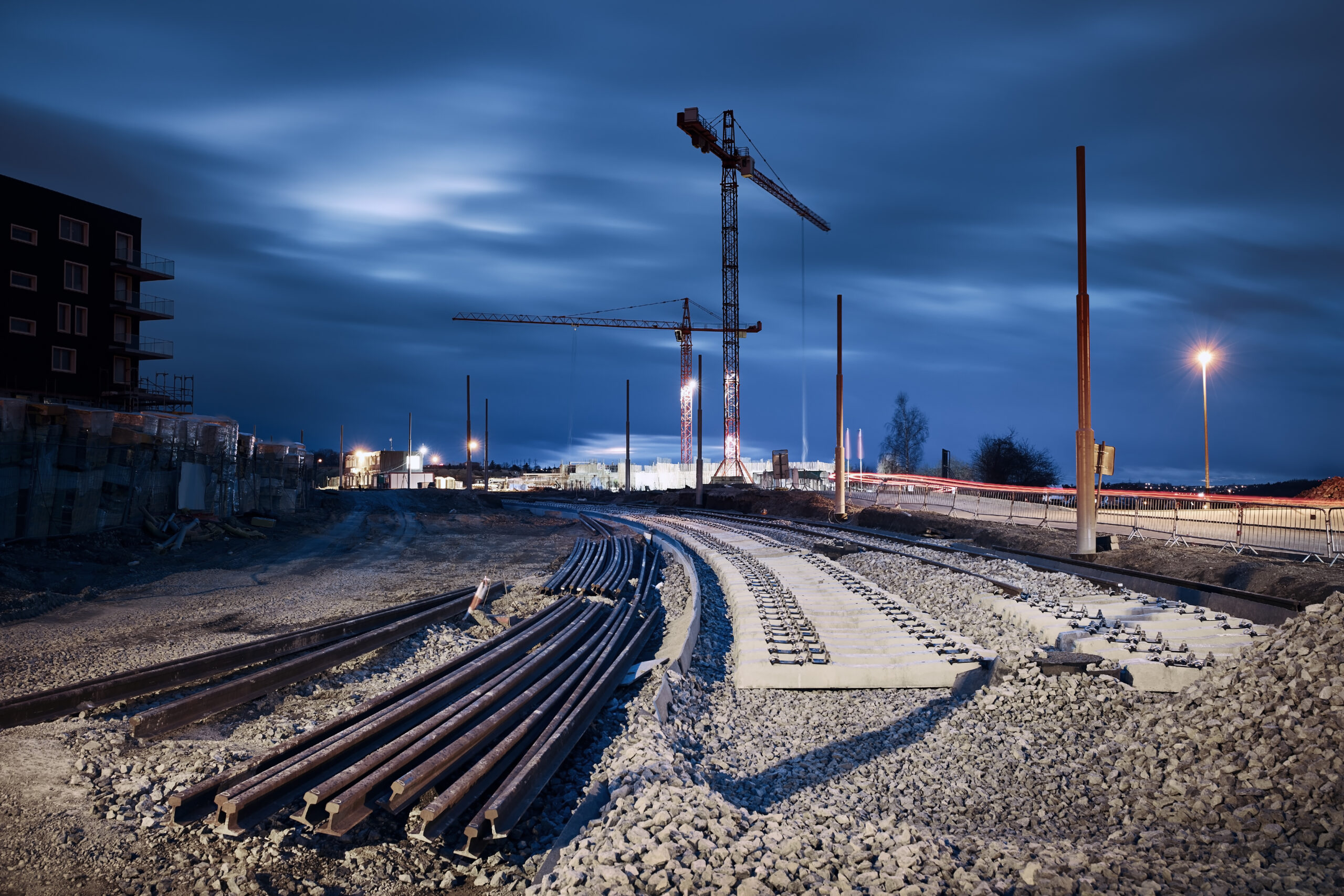CIF Director of Main Contracting Paul Sheridan examines the threats and opportunities around economic growth
The greatest threat to the future growth of Ireland’s economy and construction industry is the lack of critical infrastructure.
If we don’t get critical infrastructure built, it will undermine Housing for All, climate and FDI investment. FDI investment is the backbone of tax revenue, which is used to fund further infrastructural investment. It’s an eco-system.
The industry has the capacity and capability to deliver on existing and future increases in both public and private investment to close the infrastructural deficit.
A recent report from Turner and Townsend stated that the industry is only running at 80 per cent capacity, while the recent CIF outlook report showed that 72 per cent of the industry is not doing any or very low amounts of public works.

If you take on board the rising level in the export of Irish construction services, there is a large untapped reserve available to the Government to deliver on its objectives under housing, climate and supporting FDI.
Solving the infrastructural deficit is not a wish, it’s an imperative. It must be faced with increased investment through the NDP.
The industry can rise to this challenge, and we only have to look at recent trends to show how the Irish construction industry has met the increasing demands on its services.
- Between 2014 to 2023 there has been a 145 per cent increase in gross fixed capital formation based on current prices. That’s an increase from €12.5bn to €30bn. Between 2019 and 2023 there was a 20 per cent increase. It is expected that the industry will expand by another 4.4 per cent in 2024.
- Based on CSO figures from 2011 – 2021 the value of non-resi construction has increased by 98 per cent, while from 2011 – 2021 the value of civil construction has increased by 56 per cent and employment across the sector grew by 18 per cent between 2020 – 2023 (up to 174k employees).
- New residential construction rose from 4,911 units to 32,732 units (or 570 per cent) between 2012 to 2023. From 2011 – 2021 the value of housing construction has increased by 94 per cent. This demonstrates how the industry can respond to increased demand.
While the Government is acting by putting in place the following:
- Counter cyclical investment funds and increased NDP capital allocations
- Reforms of the Construction Works Management Framework
- Reforms and resourcing of the planning system
The key focus needs to be on creating a visible pipeline of work and making public procurement more commercially attractive. This can be done through:
1. Plan led development
2. Prioritisation of critical infrastructure for the greater common good
3. Ongoing planning and design of infrastructural projects
4. Accelerated reform of the Public Works Contract
The EU’s report into its own public procurement rules shows its failure to meet its objective of increased competition. In fact, it has reduced it.
The EU’s own report recommends that public contracts need to made more attractive to contractors and less administratively burdensome.
The industry has shown that when it has a good visible pipeline of work, which is procured effectively and equitably by public contracting authorities, then it can rise to Ireland’s infrastructure challenges.








